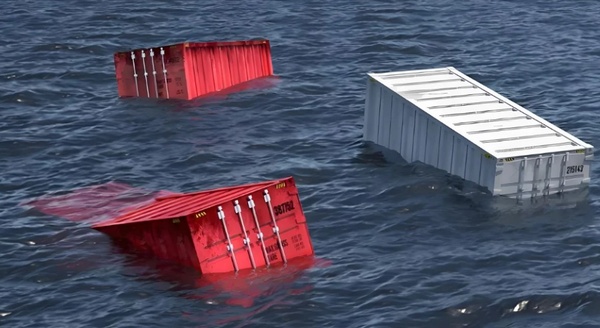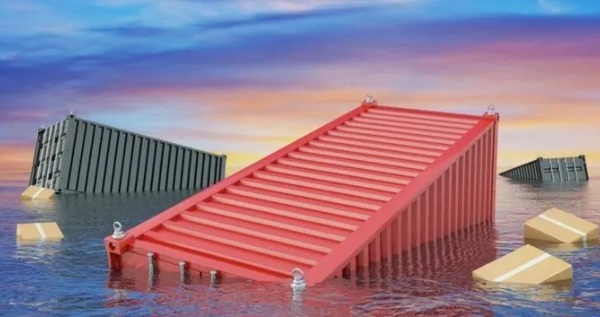Over 200 containers fell into the water! Changing the shipping route comes at a high cost.
Marine Transportation Network
2025-03-26 10:58:45
According to advisers revealed at a cargo insurance conference held in London, in just two months, approximately 200 containers were unfortunately lost overboard off the coast of South Africa, a stretch of sea dubbed as "the most merciless on Earth." This data has raised considerable concern.
TMC Marine, a consulting firm under Bureau Veritas, which is part of the French classification society, has conducted an in-depth study on this matter. Simon Burthem, CEO of TMC Marine, pointed this out at a cargo insurance conference held in London.Between July and August of last year, three major incidents occurred along the east-west trade route off the coast of South Africa, resulting in approximately 200 containers falling overboard.He emphasized that these incidents are closely related to adverse weather conditions, stating: "The risks are higher now. It is very unusual for three incidents to occur in the same waters in such a short period of time."
Specific incidents include: In July 2024, the CMA CGM Benjamin Franklin lost 44 containers. A month later, the company's Beren suffered the loss of 99 containers in a storm near Richard Bay. Additionally, although the Ultra Galaxy was not a container ship, it broke apart in bad weather and was declared a total loss, further highlighting the severe challenges in this sea area.
Bertram further points out that to avoid the threats in the Red Sea, many ships opt to circumnavigate Africa. However, this choice is not without consequences. The detour adds at least 3,500 miles to the journey and requires an additional 10 to 14 days, putting significant pressure on supply chains. Additionally, ships choosing this route also face some of the most severe sea conditions on the planet, with abnormally large waves that can sometimes tilt vessels by about 20 degrees.
While trying to avoid certain risk areas, shipowners and charterers should be fully aware of the challenges associated with rerouting around Africa. These challenges include increased financial burdens from additional fuel costs and delays, potential salvage fees, and the threat to the environment in cases of accidents that could have been avoided. For example, plastic pellets released from fallen containers pose a threat to marine life and can contaminate beach environments. B祟姆 emphasizes, "This is not just about numbers on paper; it has a profound impact on the real world."
According to data from the World Shipping Council, in 2023, out of 250 million containers transported globally, 221 were lost overboard, marking the lowest recorded number; in 2022, the number of lost containers was 661. However, considering the threats in the Red Sea region and the challenges of rerouting around Africa, this number may increase in the future.
Since the Houthi rebels attacked a commercial ship with ties to Israel in the Red Sea in October 2023, the region has remained under threat. Despite recent announcements of a ceasefire, new tensions could still lead operators to persist with alternative routes绕过非洲大陆。Therefore, relevant parties need to closely monitor this situation and implement corresponding measures to mitigate risks.
请确认最后一句是否应为:"Therefore, relevant parties need to closely monitor this situation and implement corresponding measures to mitigate risks." 如果需要添加关于绕过非洲的部分,请提供完整句子以便准确翻译。
【Copyright and Disclaimer】The above information is collected and organized by PlastMatch. The copyright belongs to the original author. This article is reprinted for the purpose of providing more information, and it does not imply that PlastMatch endorses the views expressed in the article or guarantees its accuracy. If there are any errors in the source attribution or if your legitimate rights have been infringed, please contact us, and we will promptly correct or remove the content. If other media, websites, or individuals use the aforementioned content, they must clearly indicate the original source and origin of the work and assume legal responsibility on their own.













